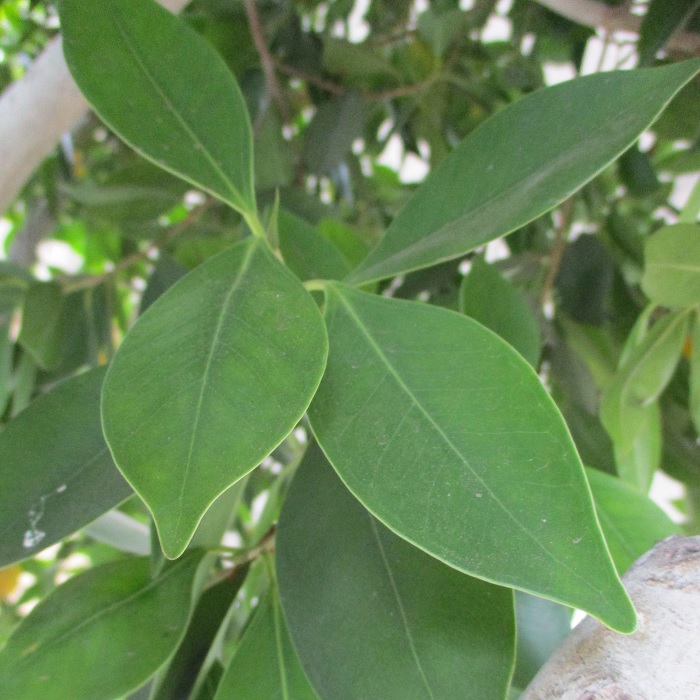UNITED STATES—They are certainly not much to look at now. They are even less interesting once buried out of sight in the garden. The big and colorful pictures on the boxes that they arrive in are probably a bit more spectacular than the flowers expected early next spring will actually be. Nonetheless, it will be amazing to see such flashy bloom emerge from seemingly lifeless bulbs that get planted now.
Dormant bulbs are so easy to plants precisely because they are dormant, and therefore lacking any foliage, bloom or roots that can be damaged in the process of planting. They only want to be planted at the right depth, and preferably in the correct orientation (with their tops up and their bottoms down). They like to be planted now, so that they can slowly chill through cool winter weather.
Chill through winter is important to convince dormant bulbs that it really is winter. In such a mild climate, some plants might wonder about that. Cool winter weather either initiates the development of blooms within dormant bulbs, or stimulates bloom as weather subsequently warms. Many tulip, hyacinth, anemone and ranunculus might not get enough chill here to bloom after their first year.
Daffodil, narcissus, grape hyacinth and some iris are not so discriminating. They are likely to bloom even better in their second spring, and can naturalize in good soil with occasional watering. Freesia and crocus might also naturalize, but want more water. Crocosmia and montbretia can actually be invasive. Dahlia and gladiola are summer bulbs, so will be available for planting later.
All bulbs, as well as the corms, rhizomes, tubers and tuberous roots that are commonly known as bulbs, become available in nurseries when it is time for them to be planted, for obvious reasons. Some will be available for quite a while, so can be planted in phases every two week or so, like vegetable plants. Each subsequent phase starts to bloom as each previous phase finishes bloom.
Phasing only works for certain bulbs that are on a tight schedule, and only for the first season. By the second year, they will be synchronized. Iris, anemone and ranunculus tend to bloom together, when the weather is right, regardless of when they were phased. Plants with aggressive roots might not bother bulbs in their first season, but can smother bulbs that might otherwise naturalize.
Highlight: Indian laurel
It is hard to believe that such a delightfully robust and luxuriant tree like the Indian laurel, Ficus microcarpa nitida, can be so problematic. It looks so perfect, with lustrous evergreen foliage, like something that would be seen on Sesame Street. The broad and dense canopy is very symmetrical and neat. The stout trunk and limbs, outfitted with whitish gray bark, are bold and sculptural.
The problem is that the roots are so extremely aggressive. Buttressed roots elevate curbs, sidewalks and anything else that they can get under. Fibrous roots clog drainage, and strangle roots of more complaisant plants. Indian laurel is a tree that really needs room to grow. The canopy can get wider than 50 feet, and roots will spread much farther if they want to. Fortunately, Indian laurel shorn as a hedge has less foliage, so does not need to disperse roots so extensively.





